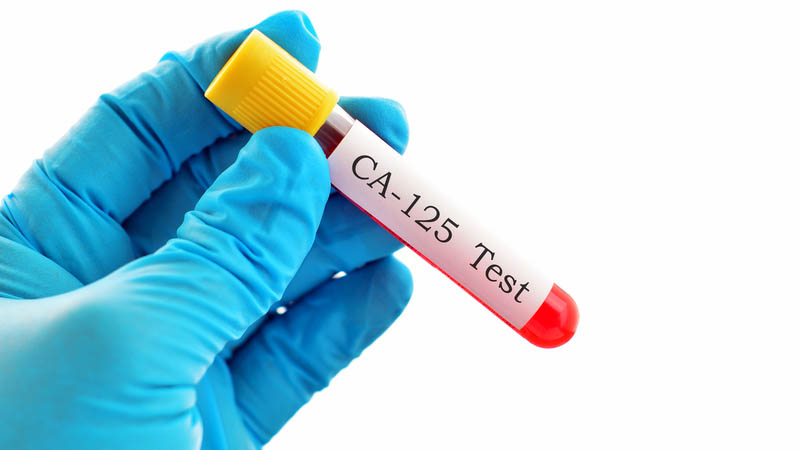Preoperative brachytherapy with hyperthermia in the treatment of endometrial cancer – own preliminary results
Beata Śpiewankiewicz1, Norbert Piotrkowicz2, Agnieszka Nalewczyńska1, Agnieszka Timorek-Lemieszczuk1
 Affiliacja i adres do korespondencji
Affiliacja i adres do korespondencjiEndometrial cancer became recently the most frequently diagnosed female genital malignancy in highly developed countries. In 2003 in Poland, 3953 new cases were diagnosed (standardized coefficient: 13.00) and 783 women died thereof (standardized coefficient: 2.2). In the treatment of malignant tumors, heat has been used since Antiquity. Beneficial effect of hyperthermia relies on direct cytotoxic effect, manifesting after elevation of tissue temperature to 41-43°C. Studies performed hitherto combined hyperthermia with standard therapeutic modalities – radiotherapy and chemotherapy. The aim of this paper was to assess the effectiveness of treatment, based on determination of degree of destruction of tumor cells as assessed by histological studies, evaluation of toxicity of the treatment, assessment of quality of life one year after completion of treatment protocol and determination of 3-years’ survival rate. To date, the study encompassed 18 patients with the diagnosis of clinical stage I endometrial cancer, based on histological study of scrapings from uterine cavity and cervical canal. In 14 patients, study of material obtained at fractionated curettage of cervical canal and uterine cavity revealed endometrial cancer of the endometrioid type, in 1 – papillary type and in 3 – no histological tumor type could be determined. Surgery was performed 15-85 days (mean: 34.88 days) after completion of brachytherapy combined with hyperthermia. Based on histological study of surgical specimens, in 6 out of 18 patients (33.3%) no tumor tissue could be detected. In 2 cases (11.1%) after surgery a FIGO stage IIIC cancer was diagnosed in view of presence of metastases to inguinal lymph nodes. These patients were referred for adjuvant teleradiotherapy. In the remaining 10 cases (55.5%), FIGO stage I endometrial cancer was diagnosed. Based on the results obtained, the following conclusions were reached: 1) No complications directly associated with neoadjuvant brachytherapy with hyperthermia were noticed in any of our patients. 2) Alterations detected at surgery, purportedly associated with the treatment performed, did not compromise course or scope of surgery. 3) In 1/3 of our patients, examination of surgical specimens failed to reveal malignant tissue.









